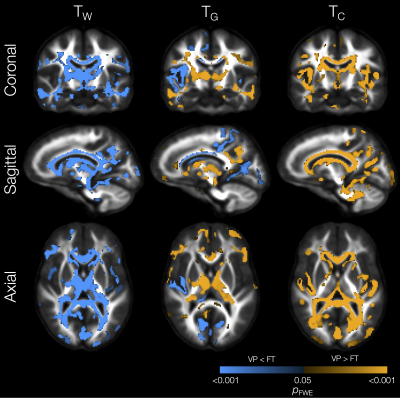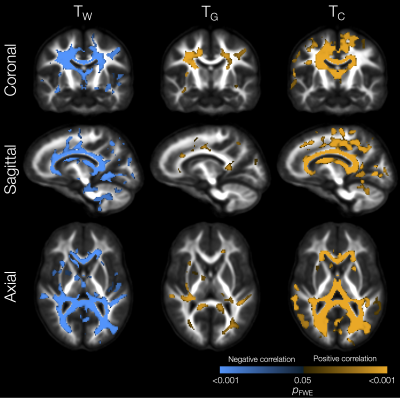Claire Kelly1,2, Thijs Dhollander2, Ian Harding3,4, Wasim Khan3, Richard Beare2, Jeanie Cheong1,5,6, Lex Doyle1,5,6,7, Marc Seal2,7, Deanne Thompson1,2,7, and Peter Anderson1,8
1Victorian Infant Brain Studies (VIBeS), Murdoch Children's Research Institute, Melbourne, Australia, 2Developmental Imaging, Murdoch Children's Research Institute, Melbourne, Australia, 3Department of Neuroscience, Central Clinical School, Monash University, Melbourne, Australia, 4Monash Biomedical Imaging, Monash University, Melbourne, Australia, 5Newborn Research, The Royal Women's Hospital, Melbourne, Australia, 6Department of Obstetrics and Gynaecology, The University of Melbourne, Melbourne, Australia, 7Department of Paediatrics, The University of Melbourne, Melbourne, Australia, 8Turner Institute for Brain and Mental Health and School of Psychological Sciences, Monash University, Melbourne, Australia
1Victorian Infant Brain Studies (VIBeS), Murdoch Children's Research Institute, Melbourne, Australia, 2Developmental Imaging, Murdoch Children's Research Institute, Melbourne, Australia, 3Department of Neuroscience, Central Clinical School, Monash University, Melbourne, Australia, 4Monash Biomedical Imaging, Monash University, Melbourne, Australia, 5Newborn Research, The Royal Women's Hospital, Melbourne, Australia, 6Department of Obstetrics and Gynaecology, The University of Melbourne, Melbourne, Australia, 7Department of Paediatrics, The University of Melbourne, Melbourne, Australia, 8Turner Institute for Brain and Mental Health and School of Psychological Sciences, Monash University, Melbourne, Australia
VP adolescents exhibited widespread microstructural alterations and increased free-water content in the brain parenchyma compared with FT controls, which were associated with perinatal risk factors and adverse neurodevelopmental outcomes.

Figure 1. Significant differences in TW, TG and TC between the very preterm (VP) and full-term (FT) groups at age 13 years (p<0.05, FWE-corrected, adjusted for age and sex). Widespread decreases in TW in the WM are accompanied by increases in TG and/or TC in similar areas. There are also some cortical decreases in TG, which are accompanied by increases in TC.

Figure 3. Significant correlations of neonatal brain abnormality score with TW, TG and TC at age 13 years in the very preterm (VP) group (p<0.05, FWE-corrected, adjusted for age and sex). Widespread negative correlations between neonatal brain abnormality and TW in the WM are accompanied by positive correlations with TG and/or TC in similar areas. TC also showed positive correlations in some cortical areas.
